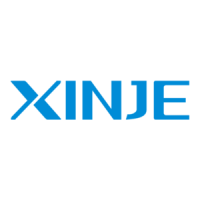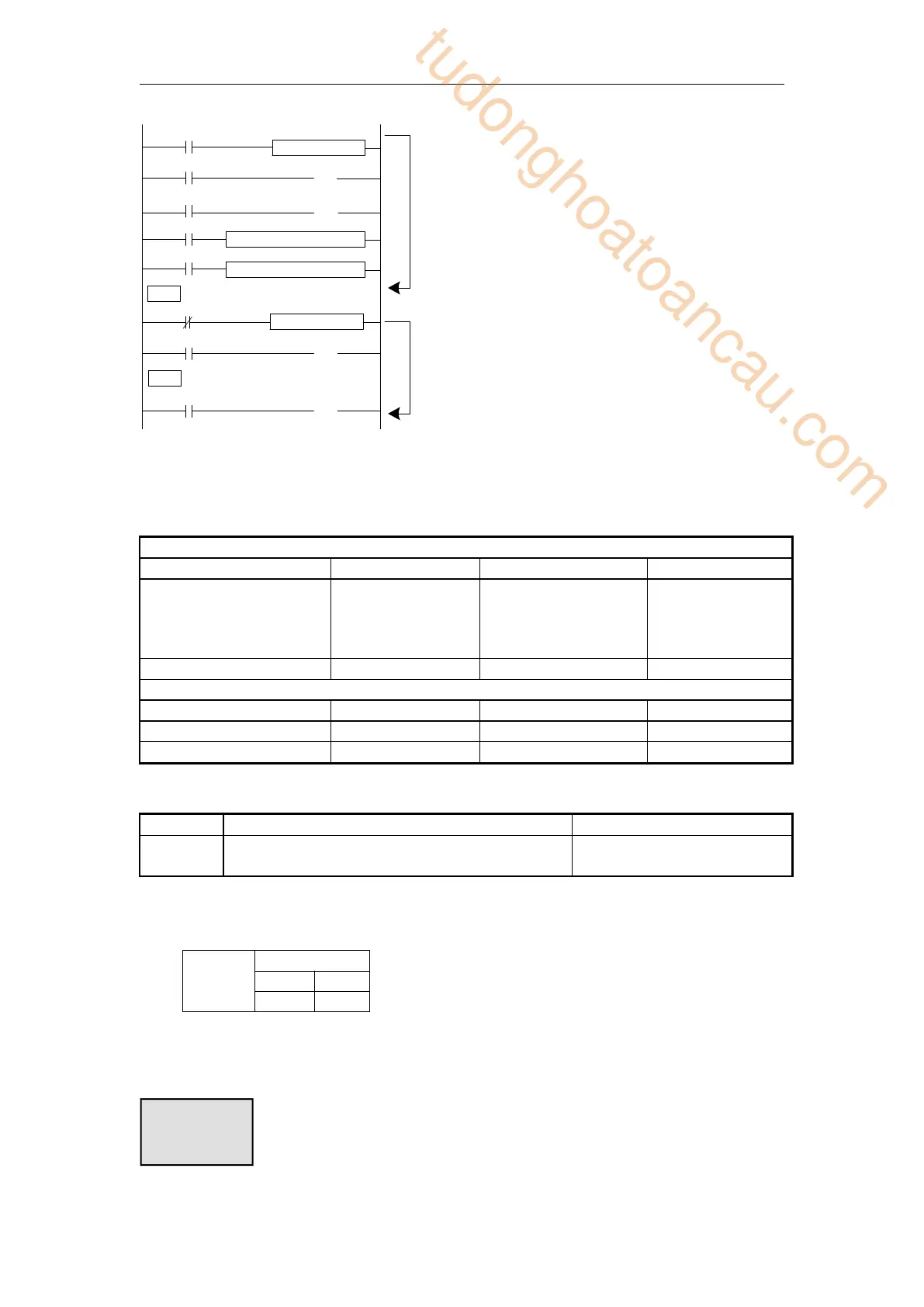In the left graph, Y0 becomes to be
dual coil output, but when X0=OFF, X1
activates; when X0=ON, X5 activates
CJ can’t jump from one STL to another
STL;
After driving timer T0~T575,
HT0~HT795 and HSC0~HSC30, if
executes CJ, continue working, the
output activates.
The Tag must be match when using CJ
instruction.

